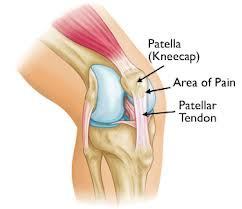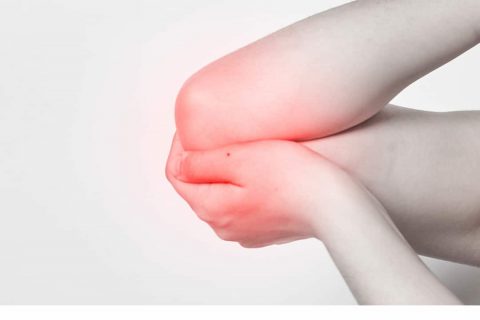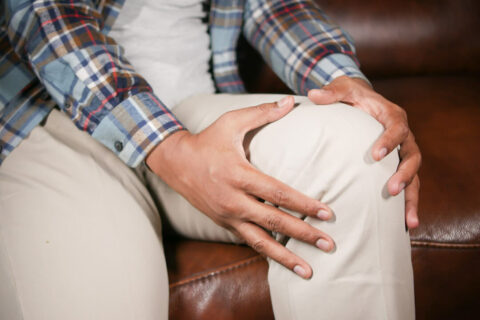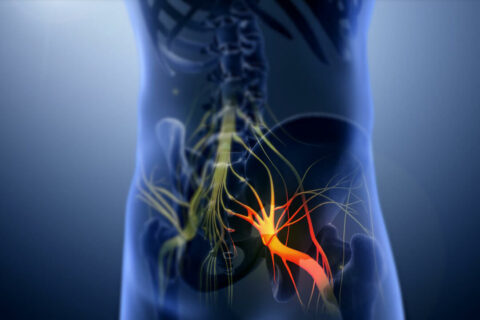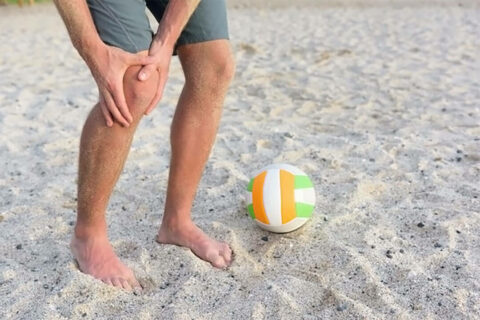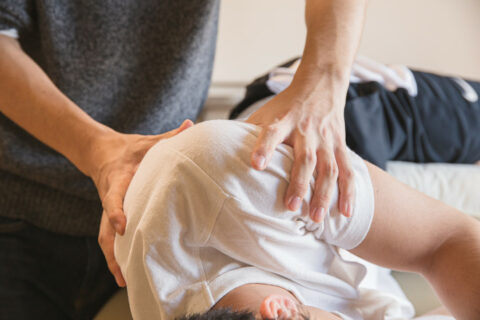Patella tendon injury
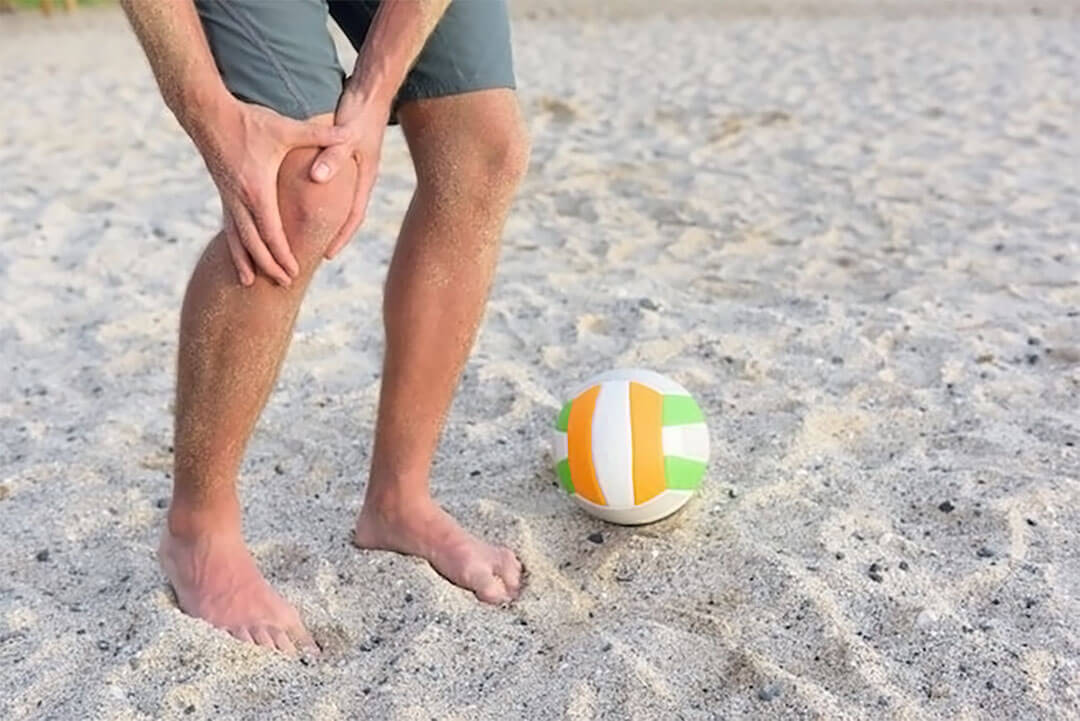
Patella tendon injuries, also known as “jumper’s knee”, can be variously termed, tendinitis, tendinopathy or tendinosis.
Patella tendon injury is a potentially troubling condition that involves pain in an area just below and around the kneecap. It is particularly prevalent in the relatively young (15-30 years old) and those involved in sport such as basketball, volleyball, tennis, football and athletic events involving jumping. All these sports tend to put an abnormal amount of load through the patella tendon.
While the terminology for patella tendon injuries appears to be confusing, the terms indicate different pathological states of the patella tendon. Tendinopathy serves as a blanket term for both inflammation of the tendon in its initial stages, usually referred to as tendonitis, and the more precise term tendonosis which reflects the more chronic presentation which can continue for months despite rest and exercise therapy. The term patella tendonitis is falling out of favour because most cases of so called tendonitis do not involve any inflammation except in the first few days. The term tendinosis is used to indicate that inflammation plays no or little part in the pain of this tendon injury.
Symptoms:
This condition has very specific characteristics. It can be transient pain that comes and goes and is always closely linked to loading of the tendon. For instance, a person with tendon pain will describe jumping as extremely painful yet not experience pain cycling because of the different load forces on the tendon. Rarely is there pain at rest (unless the tendinosis has reached a particularly bad stage). The pain may decrease as the patient “warms up ” for an activity and then become less painful over the course of that activity only to return again when the person has cooled down.
In the initial stages rest from aggravating activities and stretching may be all that is required to resolve the condition however, in some cases the problem becomes long term.
What are the causes:
- Increase in loading ie jumping or sudden increase in training level
- inadequate footware
- training errors
- alignment problems in the foot,leg or hips
- inadequate flexibility
So, if there is no inflammation what causes the pain of patella tendinosis?
When the patella tendon is exposed to high volumes or magnitudes of loading (ie jumping), that is beyond the capacity of the tendon to absorb, the tendon experience cycles of injury, inflammation and repair. Over time this leads to poor quality tissue repair that is susceptible to reinjury and pain. This injury-repair response evolves gradually over time, hence the slow onset of symptoms. It appears that too high a load without adequate time for proper repair contributes to this condition.
Often, the experience of someone with chronic tendinosis is either a frustratingly slow resolution of symptoms or a complete failure to resolve and inability to return to full activity. Without proper treatment and rehabilitation guidance, especially in associated areas that are contributing to the problem, many people can be caught in a cycle of acute on chronic pain as they attempt to return to activity on a poorly healed and conditioned tendon.
Treatment and Rehabilitation
Any treatment protocol has to be adapted to the individual patient. My approach is to initially look at biomechanical factors to help take load off the tendon and then progress to rehabilitation exercises. To achieve this the following is needed:
- Identify deficits in the hip, knee and ankle/foot region.
- Test for weakness in the muscles of the legs and hips, especially the gluteus maximus, quadriceps and calf muscles.
- Assess flexibility of the hip and ankle.
Strength loading
Long term resolution of patella tendonosis requires graduated loading exercises to strengthen the tendon without re- aggravating the symptoms. While exercise prescription involves an individual approach, certain guidelines must be observed to protect the tendon from further aggravation.
The 24 hour Rule
Actually its more of a guideline. Because rehabilitation involves loading the tendon, pain may be experience for a few hours after exercise. This is OK as long as the pain level resolves within 24 hours after the exercise. If pain exceeds this time frame then the tendon has been irritated too much and the loading programme need to be reduced. The idea is to stimulate healthy tendon tissue growth through exercising the tendon in a controlled manner.
As a rule of thumb pain of 3-4/ 10 in acceptable during exercise using a scale of 0-10 where 0 is no pain and 10 is the worst pain imaginable.
Pain can also be caused by an up regulation of painful stimuli in the brain and neural pathways causing more pain that normal in response to stimuli from the tendon. In these cases some modification in strength loading is needed.
If a sensible and patient approach is used in treatment and rehabilitation, then there is a hope of resolution in even the most difficult cases.
